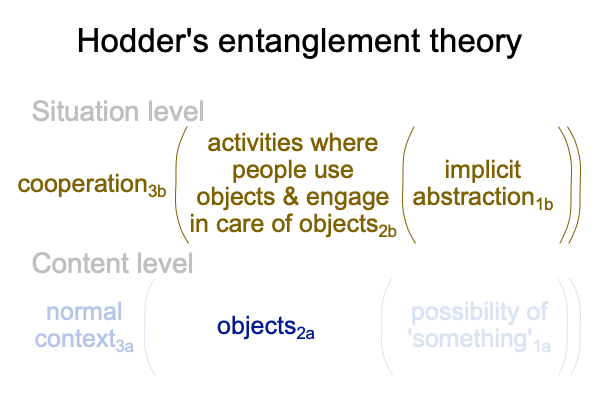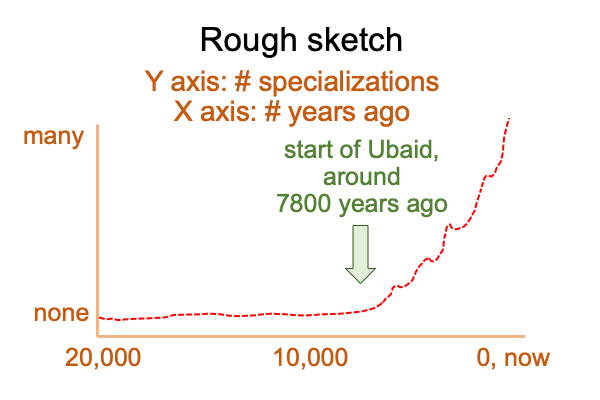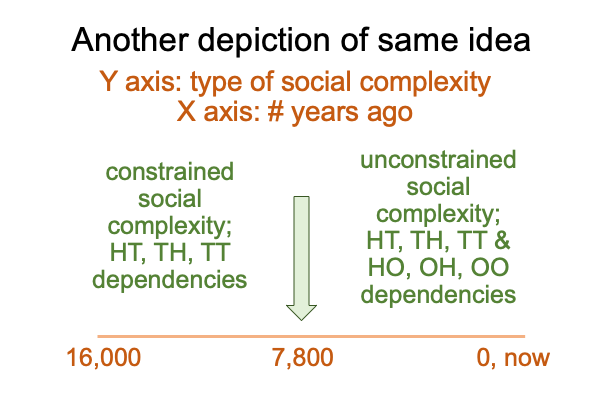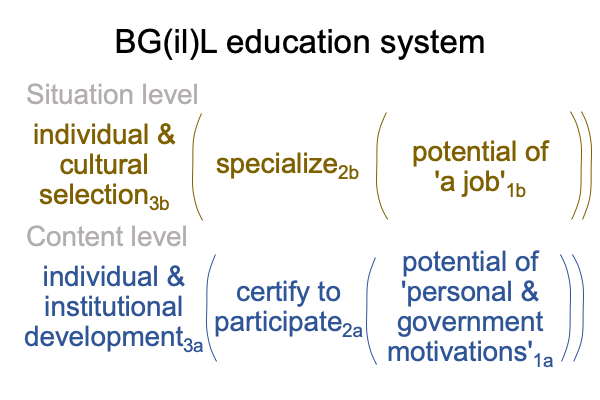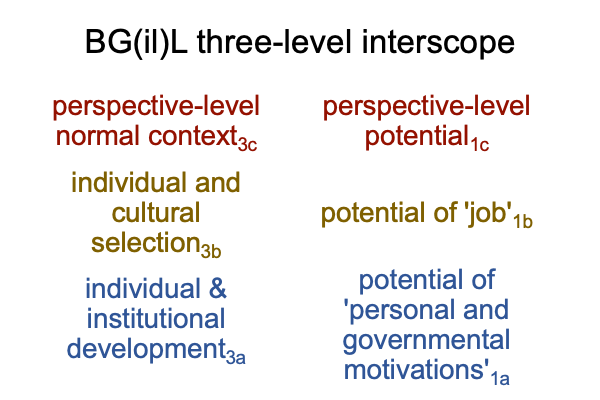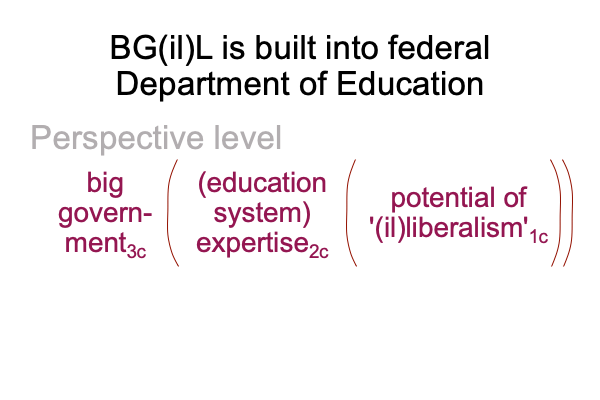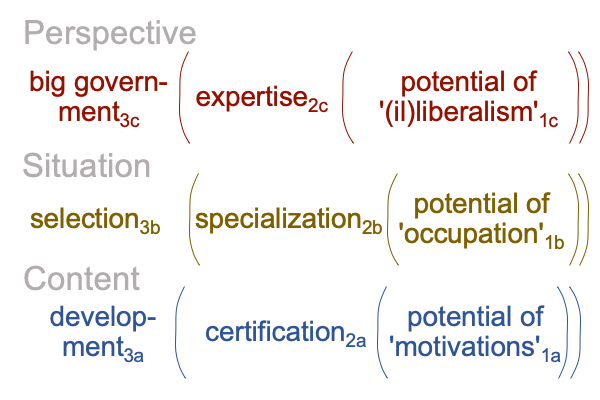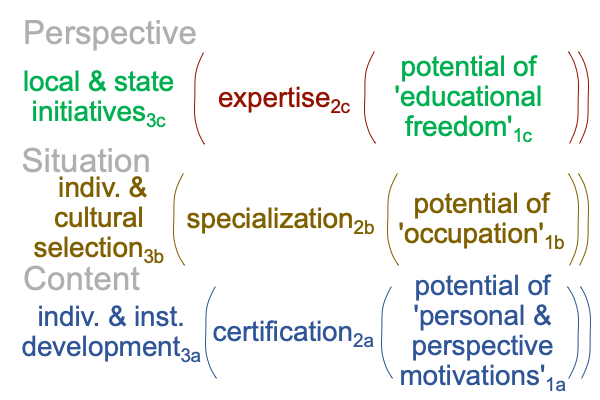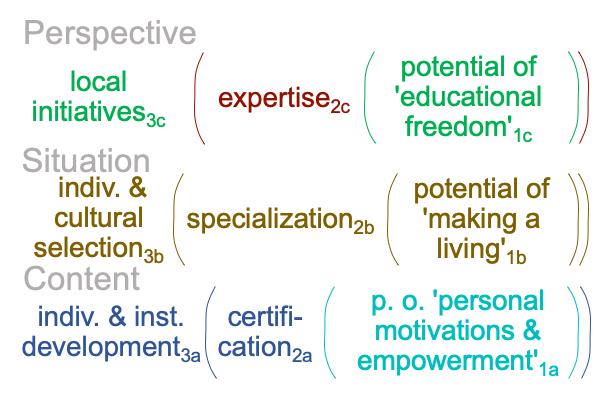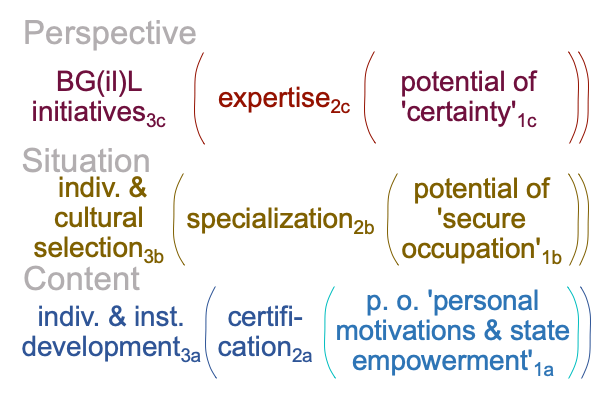Looking at Ian Hodder’s Book (2018) “Where Are We Heading?” (Part 11 of 15)
0081 Needless to say, Hodder proves a variety of examples in his excellent work.
Some of the examples carry moral overtones.
0082 For example, the making of thread starts during the Neolithic with spinning whorls. These distinctly shaped cylinders twist strands of wool or flax fiber together. They take some skill to use. One must turn the whorl in a particular way in order to produce thread. The thread may not be fine. It is thread nonetheless.
By the medieval period of Europe, “spinsters” use fairly sophisticated pedal-powered spinning wheels, where the rotary motion is powered by a foot pedal and the cylinder-aspect of the whorl is performed by a spinning wheel. Obviously, explicit abstraction plays a role in the technical separation of the spin from the fiber holding aspects of the old-fashioned whorl. Now, finer threads are made.
So, the whorl to spinning-wheel transition belongs to our current Lebenswelt.
0083 What about fire?
The domestication of fire, accomplished hundreds of thousands of years ago, occurs in the Lebenswelt that we evolved in,when hand talk favors implicit abstraction. Note that there are no “fire specialists” apparent in the fossil record for the ensuing millennia. Making fire involves tacit knowledge. Making fire is procedural. Making fire is an embodied experience. Do we have a spoken word to label the making of fire as a cooperative effort?
0084 In contrast, the specialty of running a kiln occurs in our current Lebenswelt. Kilns are used to cook things, such a pottery, at particularly high temperatures. Indeed, in this instance, two specialties are apparent: the one who makes pots out of clay and the one who fires the pottery using a kiln. Expertise is required for both specialties. Explicit abstraction is required for expertise.
0085 Perhaps, the fact that humans can be objectified as things in our current Lebenswelt accounts for Hodder’s moral intonations.
Or, perhaps a feeling of moral indignation arises from his examples, include opium, which starts as a thing, a poppy plant.

